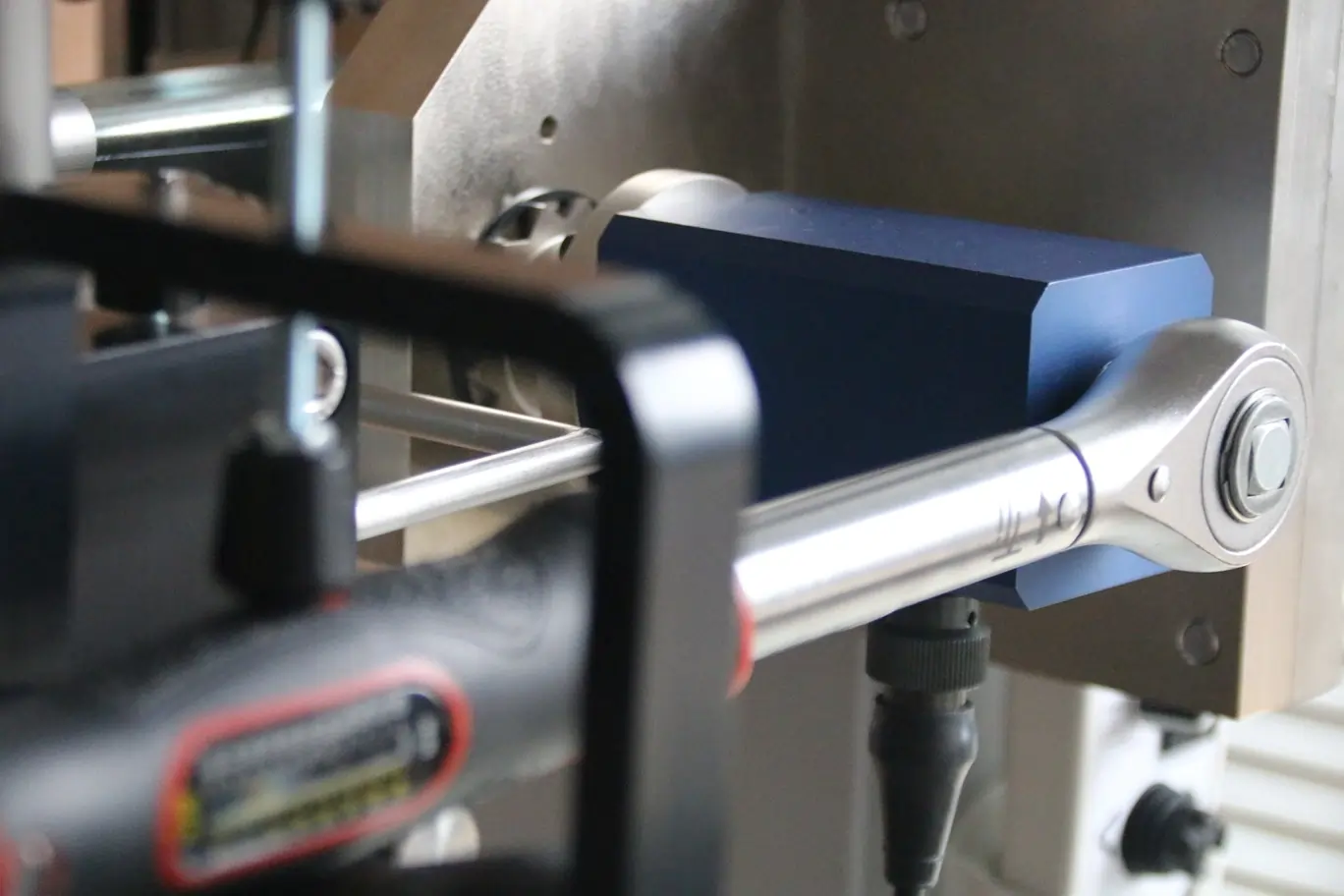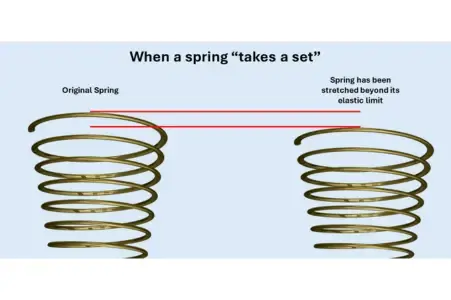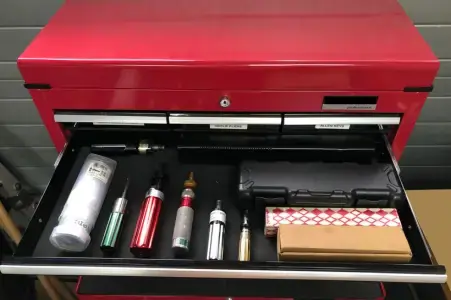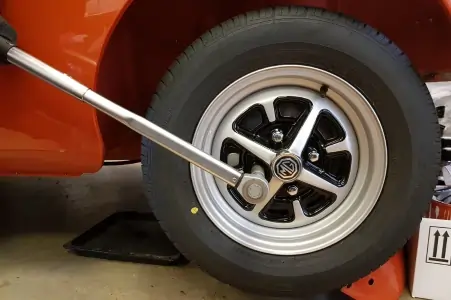
As torque wrenches and screwdrivers are precision tools, it is necessary to treat them with the upmost care and attention to keep them performing accurately. To do this, the tools should be stored appropriately, and subjected to regular care and maintenance. But what does this actually involve? Our blog discusses how you should be storing and maintaining your torque tools, as well as how you can tell if your torque tool is still applying torque as accurately as the day it left the factory.

One key way to ensure your torque tools are reading correctly comes from when you’re not even using the tool. Following the correct storage practices can help keep your torque tool’s accuracy from deteriorating whilst sat waiting to be used.
It’s important that any adjustable tools that will be kept in storage for more than a few days are wound down to the tool’s minimum torque setting after use. This will allow the spring inside the tool to relax, meaning it maintains its elasticity. If the tool is kept at a higher torque value, the spring will take a set, and weaken as time goes on. This effects the performance of the tool. Do not wind down beyond the lowest torque setting on the tool either, as this can also damage the wrench.

Torque tools should always be stored in dry and clean locations, free from dust and chemicals. An ideal storage location would be within the tool’s original case it came with when purchased, inside an enclosed tool cabinet or trolley.
The ratchet on a torque tool should be subjected to regular cleaning and lubrication, along with visual checks for wear and tear such as worn out parts and old grease. Checking that the screws in the head of the ratchet are still tight should also become a part of your regular maintenance plan.


Verification is an interim operation usually performed before the start of a work shift to test whether the torque tool is performing to a satisfactory level at that specific moment in time. It’s particularly useful for quality control purposes and should be recorded for future reference if required.
By performing verifications regularly, you are checking that the torque tools you are using are reliable, and the torque they are outputting is accurate. This gives you the confidence that the fasteners you will be tightening in that shift will be exposed to the correct torque levels. It also makes it far easier for the users to notice if a torque tool is not fit for use, and to isolate the tool before it poses a risk to your fixings.
These readings can be taken on any torque measuring device, whether this be a comprehensive accredited calibration machine, a handy portable torque tester, or even a single torque transducer. AWS produce all these options, and our transducers range from as low as 0.02Nm up to as high as 300,000Nm. The image to the left shows the AWS Professional Torque Tool Tester.
It's highly recommended that these verifications are recorded and saved on a system to be recalled in the future should it be required. The AWS Kepler 4 Software allows for easy management of these readings. Contact our experts today or try it out for yourself for free to find out more.
As mentioned earlier, torque wrenches and torque screwdrivers are precision tools, and so they need to be treated as such when being used. When working with your torque tool, you should always take care not to expose the tool to any large impacts such as drops or bangs against hard surfaces. Putting these large shock loads through the tool can greatly harm the accuracy of the torque output, and so the tool should be sent off to be looked at if dropped, even if there is no visible damage.
You should also take great care not to overload the tool. This can happen if the user continues to apply further torque after the tool has reached the target torque level, and can cause serious damage to the wrench.


Less of a maintenance procedure itself, and more of a check that your maintenance plan is actually working, recalibration is the process of performing a calibration to make sure that your torque tools are reliably giving you accurate results which can be trusted. These calibrations are performed to an international standard such as ISO 6789:2017 (more information on this standard can be found here).
ISO 6789:2017 gives a recommendation to get your torque tools recalibrated at least every 12 months or every 5,000 cycles, dependant on which comes round sooner. It is recommended that these calibrations should be performed more frequently however depending on applications it is being used for, and the consequences incorrect torque readings could lead to.
When treated with care, maintained appropriately and calibrated frequently, your torque wrenches and torque screwdrivers should be giving you accurate and reliable torque output for years to come. Speak to our experts today to discuss how AWS equipment can improve your torque maintenance procedures.